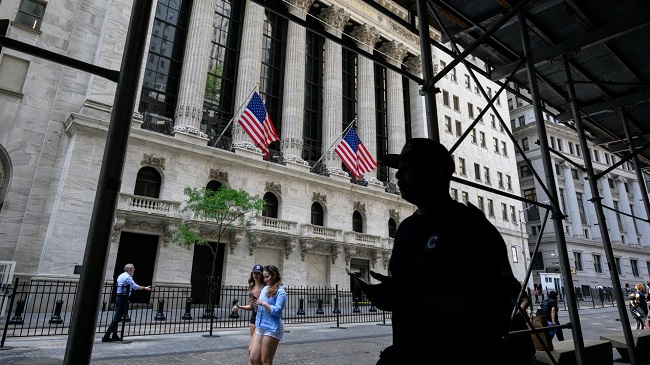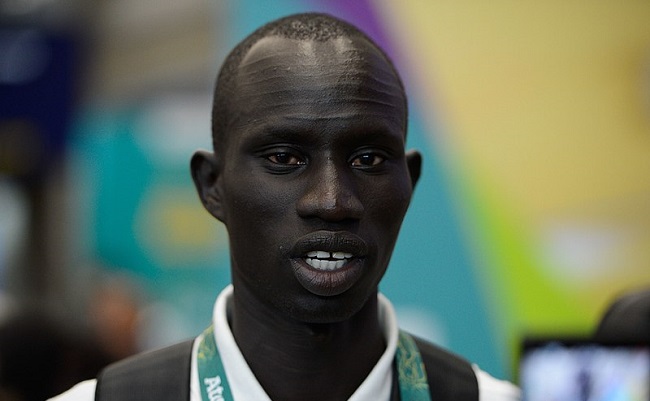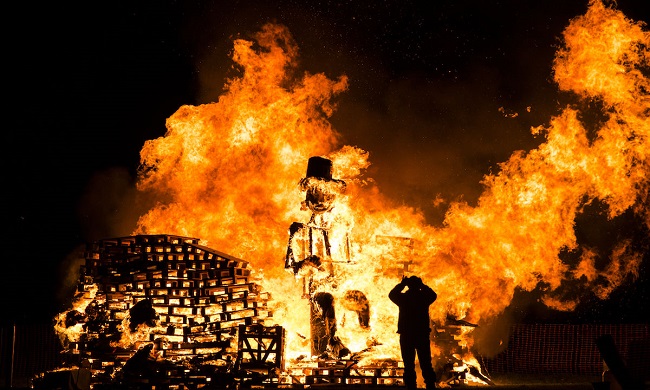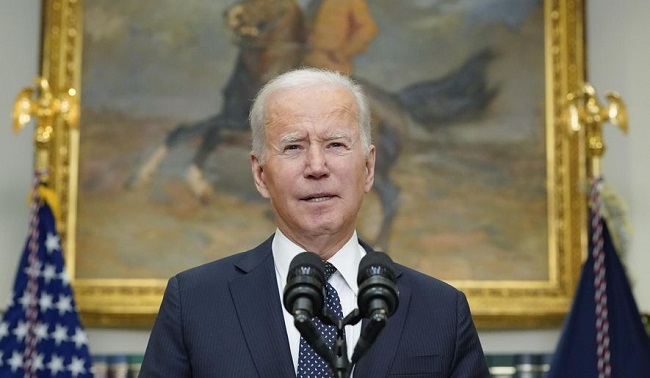Although tourists seeking a relaxing getaway are drawn to Spain’s beautiful summers, the country’s largest and capital city, Madrid, is anything but easy back.
The various tourist attractions in Madrid are simply too enthralling to miss, whether you’re interested in touring the city’s world-class art museums, marvelling at architectural marvels while sipping a café con leche at a sidewalk café, or partying the night away at tapas bars along the Gran Via.
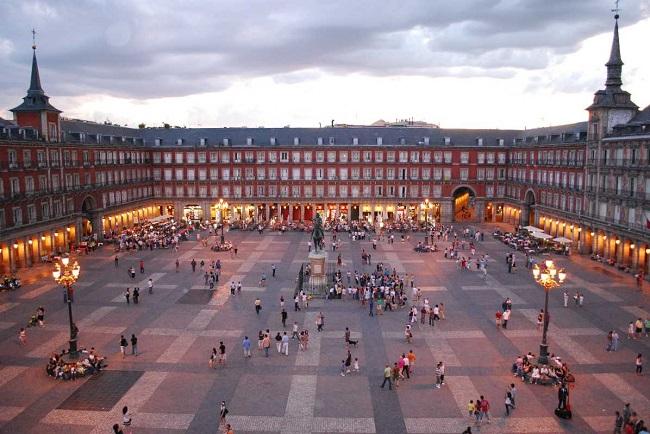
Top 10 Places to Visit in Madrid
The best of Madrid’s attractions are conveniently clustered together. Puerta del Sol is a big plaza in the centre of the city that serves as a transportation hub and the site of numerous cultural events throughout the year.
When you explore the city’s intriguing museums and expansive green parks, you’ll be led along stunning architecture and wide streets. Madrid is a modern metropolis with stories to tell, thanks to its rich past, thriving culture, and one of the world’s most recognisable sports teams.
1. Palacio Real
The Palacio Real is especially impressive due to its enormous size. The Royal Palace in Madrid is home to almost 2,500 lavishly furnished rooms. After its construction in 1764, King Carlos III made the palace his official residence. In the early 1900s, Alfonso XIII and Victoria Eugenie were the last members of the royal family to call it home.
Fifty of the palace’s most beautiful rooms are on display to the public, including the armoury, pharmacy, and the opulent throne room (known as the “Salón del Trono”), which boasts a ceiling painted by the Baroque artist Tiepolo. Christopher Columbus bringing gifts from the New World to King Ferdinand and Queen Isabella is depicted in a fresco in the main dining hall.
2. Plaza Mayor
The Plaza Mayor is the most well-known of Madrid’s numerous elegant plazas, with its origins dating all the way back to 1619, when it was located beyond the city’s boundaries and was used to conduct bullfights.
Several people convicted of being heretics were put to death during the Spanish Inquisition. Several rows of three-story apartments built in the late 18th century line three sides of the rectangular cobblestone square. The paintings, wrought-iron railings, and magnificent slate spires adorn the exteriors of these buildings.
The plaza is dominated by a bronze statue of King Philip III atop a horse. The House de la Panadera, which looks out over the plaza, now functions as a visitor centre.
3. Prado Museum
The Prado Museum is a must-see for any visitor to Madrid. One of the world’s finest art collections is housed in a building from the 18th century constructed by architect Juan de Villanueva. The famous museum’s layout was simplified after an expansion in 2007.
It would be hard to view everything in one visit, as the museum houses almost 7,000 works of art spanning the 12th to the early 19th centuries. The museum houses the world’s finest collection of Spanish art, including works by Goya, El Greco, da Ribera, and Velázquez, and may be of particular interest to visitors.
4. Retiro Park
El Retiro, sometimes called Park del Buen Retiro, is a large park on the outskirts of Madrid that spans 350 acres and features a variety of gardens, fountains, and structures. Back in the 1500s, Retiro Park was actually a monastery.
When King Phillip II of Spain relocated his court to Madrid in 1561, the area was developed into a royal park. Since 1868, it has been freely available to the public. The park is popular with both visitors and locals because of its big artificial pond, where watercraft like as kayaks and canoes may be rented.
The Monument to Alfonso XII is a colonnade that curves along the coast to the east. Statues of past Spanish monarchs line the Paseo de la Argentina, sometimes called the Statue Walk, on loan from the Royal Palace.
5. Gran Via
The Gran Va is the “street that never sleeps,” earning it the nickname “Broadway of Madrid.” From the Plaza de Espaa to the Calle de Alcalá, this enormous boulevard spans the heart of Madrid.
The roadway may now appear permanent to the busy capital, but it is actually quite new. With its completion in 1910, the Gran Va quickly became a bustling commercial district.
The Telefónica Building, the most recognisable structure on the street, was the continent’s tallest structure when it was finished in 1929. The building’s clock tower serves as a landmark for its distinctive Baroque-American design.
6. Plaza de Cibeles
The majestic Palacio de Cibeles, formerly known as the Palacio de Comunicaciones, was designed by architect Antonio Palacios and is located on one of Madrid’s most attractive plazas, Plaza de Cibeles.
The Fuente de la Cibeles, a statue in the middle of the plaza, is another municipal icon. The Roman goddess Cybele is shown riding in a chariot pulled by lions in this spectacular fountain. The fountain, which was built in 1780 and sculpted in purple marble by Francisco Gutiérrez and Roberto Michel, provided drinking water to neighbouring residents.
7. Mercado de San Miguel
The Mercado de San Miguel, conveniently located near the Plaza Mayor, is a favourite spot for those looking to stock up on regional specialties. The elaborate cast-iron architecture showcases everything from salted fish and oysters to fresh pasta and cakes behind glass cases.
The market’s extended hours on the weekends have made it a popular place to grab a drink and some tapas, or small plates, whether you’re a tourist or a local. Concerts, cooking demonstrations, and private parties are just some of the activities that have been held at this location.
8. Bernabeu Stadium
You have your athletic art and your Renaissance art. The latter is particularly well served by a visit to Bernabeu Stadium. Many sports fans dream of one day visiting the home of Real Madrid, Europe’s most successful football team, to watch a game in the vast stadium. Up to 85,000 people can fit inside the stadium.
The annual El Clasico encounter between bitter rivals FC Barcelona sells out the Bernabeu Stadium in record time. Even if you don’t get tickets to witness Los Blancos play, you can still take a tour of the stadium and check out the world-class museum. Check out the locker rooms, bullpens, and media room. Visit the museum to get up close and personal with amazing antiques, awards, and displays.
9. Almudena Cathedral
The Almudena Cathedral has seen some tremendous history, having been home to nobility for years. More often than not, for the wrong reasons. As early as the 1500s, people in Madrid began discussing the possibility of building a cathedral. Construction of the cathedral did not begin until 1879, long after the “new world” had been discovered and developed.
The spectacular cathedral wasn’t finished until 1993 because of various factors, the most significant of which being the civil war. The inside of the Almudena Cathedral is as elaborately designed as its two towering bell towers. It also has the country’s largest crypt, where many notable people, including Cardinals and the cathedral’s designer Francisco de Cubas, are laid to rest.
10. Madrid Río Park
Madrid Rio Park is a large public park on the banks of the River Manzanares, and it’s a sight to behold. The park’s 17 playgrounds make it a popular gathering place for city dwellers, especially families.
Cultural activities such as concerts, festivals, and live theatre may also be found in Madrid Rio Park. When the weather is nice, pack a picnic and go have some outdoor fun in the park.











